Car seats are essential for providing comfort, safety, and support to drivers and passengers during travel. In this guide, we will explore different types of car seats, including bucket seats, bench seats, and captain’s chairs and for each type, we will delve into their advantages, disadvantages, ergonomic features, materials, installation methods, and suitability for various cars and preferences, offering insights to help car owners understand and choose the most suitable seats for their cars.
What are Car Seats?
Car seats are integral components of a car’s interior, designed to provide comfort, support, and safety for occupants during travel and come in various styles, materials, and configurations to accommodate different preferences, body types, and car models. Based on the types of car seat you can get designed your types of car seats cover. Modern car seats often feature ergonomic designs with adjustable settings to ensure proper alignment and posture for drivers and passengers.
Types of Car Seats
A car seat is a specialised safety restraint system designed specifically for children travelling in a car. Its primary purpose is to protect them in the event of a crash by containing the child, distributing impact forces and positioning the child safely. Different types of car seats along with description are given below.
|
Type of Car Seats |
Description |
| Bucket Seats | Individual seats with contoured backrests and side bolsters, providing enhanced support and comfort, commonly found in sports cars and performance cars. |
| Bench Seats | Full-width seats designed to accommodate multiple passengers, typically found in older cars and some trucks or SUVs, offer a spacious seating arrangement. |
| Captain’s Chairs | Individual seats with armrests and often featuring additional amenities like heating, ventilation, and adjustable lumbar support, commonly found in minivans and SUVs. |
| Reclining Seats | Seats are equipped with a reclining mechanism that allows occupants to adjust the seat back angle for personalised comfort, commonly found in luxury cars and some sedans. |
| Split-Folding Seats | Rear seats that can be folded down in sections to increase cargo space, offering versatility for transporting large items while still accommodating passengers, commonly found in hatchbacks, SUVs, and wagons. |
Car Seats: A Breakdown by Type
The seat used in cars is known as a car seat. The majority of car seats are constructed from cheap, sturdy materials to survive frequent use. Polyester is the most widely used material. Additionally, car seats incorporate safety features such as seat belts, headrests, and airbag compatibility to mitigate the risk of injury in the event of a collision or sudden stop and the overall quality and design of car seats can significantly impact the overall comfort and driving experience, making them essential elements of car design and functionality. Different types of car seat along with their advantages are given below.
1. Bucket Seats
Bucket seats are individual seats with contoured backrests and side bolsters, designed to provide enhanced support and comfort for occupants. They are commonly found in sports cars and performance cars.
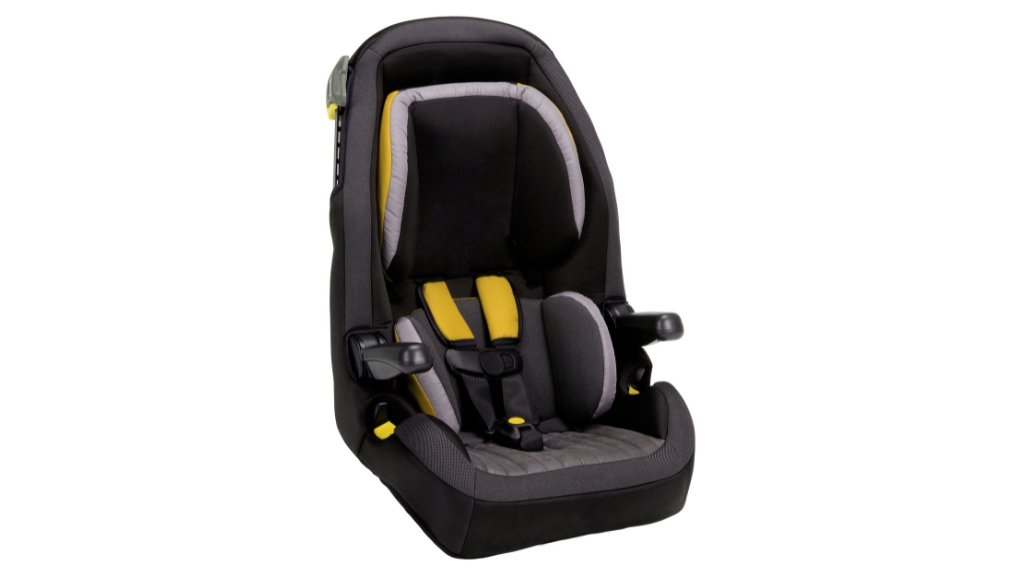
-
Advantages:
- Enhanced Support: Bucket seats offer excellent support for the driver and passenger, especially during spirited driving or cornering.
- Comfortable Seating Position: The contoured design of bucket seats promotes a comfortable and ergonomic seating position, reducing fatigue during long drives.
2. Bench Seats
Bench seats are full-width seats designed to accommodate multiple passengers in a single row and are commonly found in older cars and some trucks or SUVs.
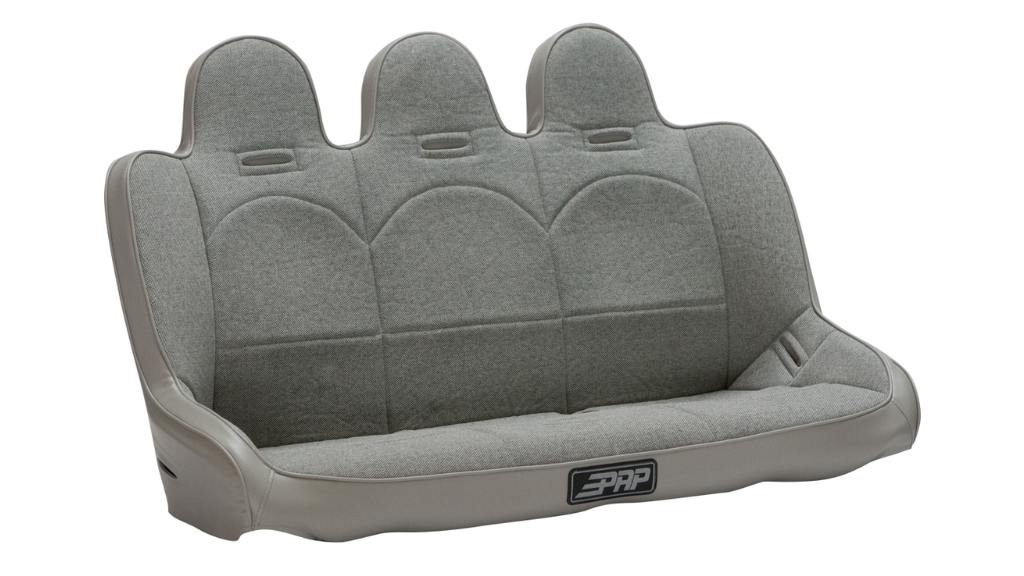
-
Advantages:
- Spacious Seating: Bench seats provide ample seating space for multiple passengers, making them ideal for families or group travel.
- Versatility: The full-width design of bench seats allows for flexible seating arrangements and easy access to the rear of the car.
3. Captain’s Chairs
Captain’s chairs are individual seats with armrests and additional amenities like heating, ventilation, and adjustable lumbar support and are commonly found in minivans and SUVs.
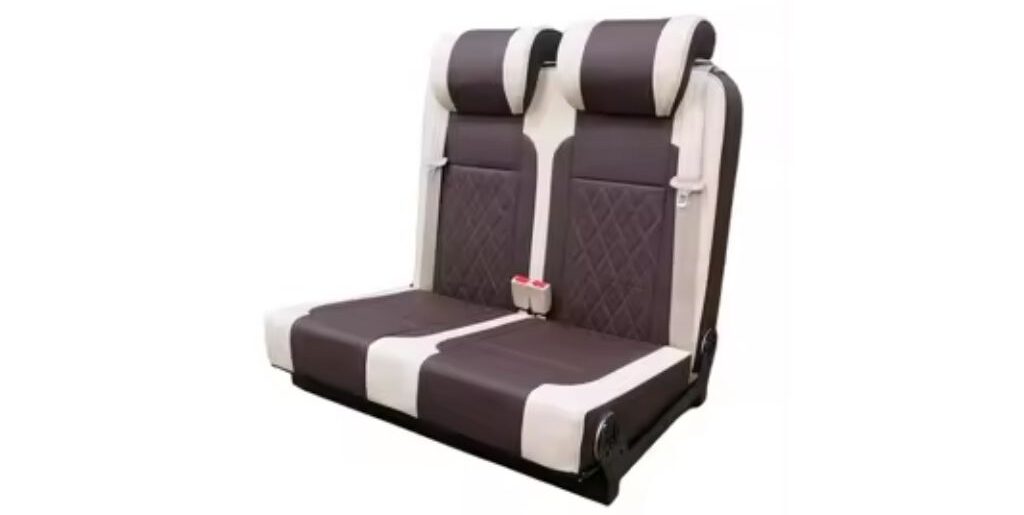
-
Advantages:
- Enhanced Comfort: Captain’s chairs offer luxurious comfort with features like heating, ventilation, and adjustable lumbar support, providing a premium seating experience.
- Individual Seating: The individual design of captain’s chairs allows for personalised comfort settings and easier access to the rear seats.
4. Racing Seats
Racing seats are high-performance seats with bolstered side support, harness compatibility, and lightweight construction. They are designed for use in racing cars and high-performance cars.
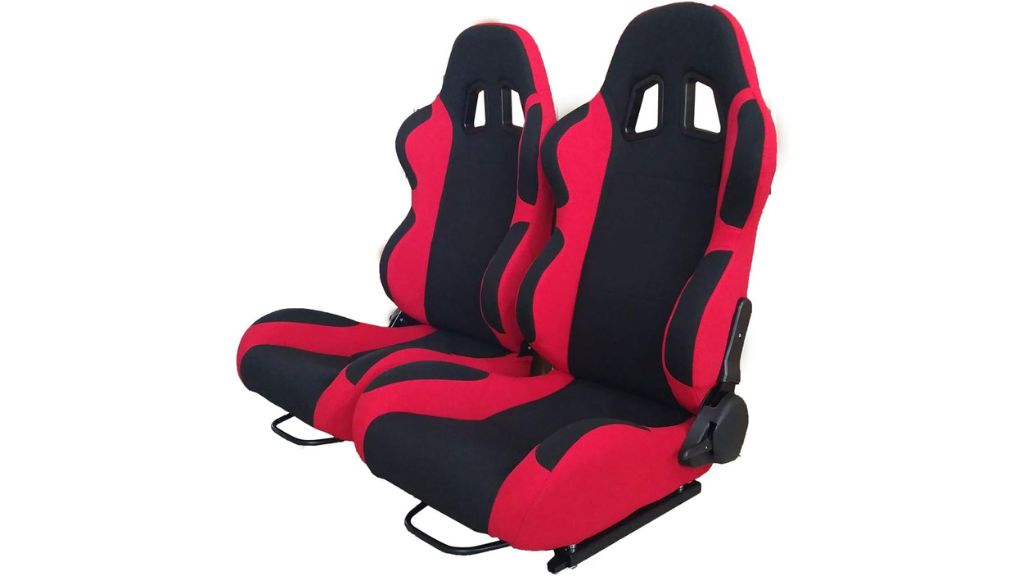
-
Advantages:
- Superior Support: Racing seats offer excellent lateral support during high-speed cornering, reducing driver fatigue and enhancing control.
- Safety Features: Racing seats are designed to accommodate racing harnesses, providing additional safety and security for the driver during aggressive driving manoeuvres.
5. Reclining Seats
Reclining seats are equipped with a reclining mechanism that allows occupants to adjust the seat back angle for personalised comfort and are commonly found in luxury cars and some sedans.
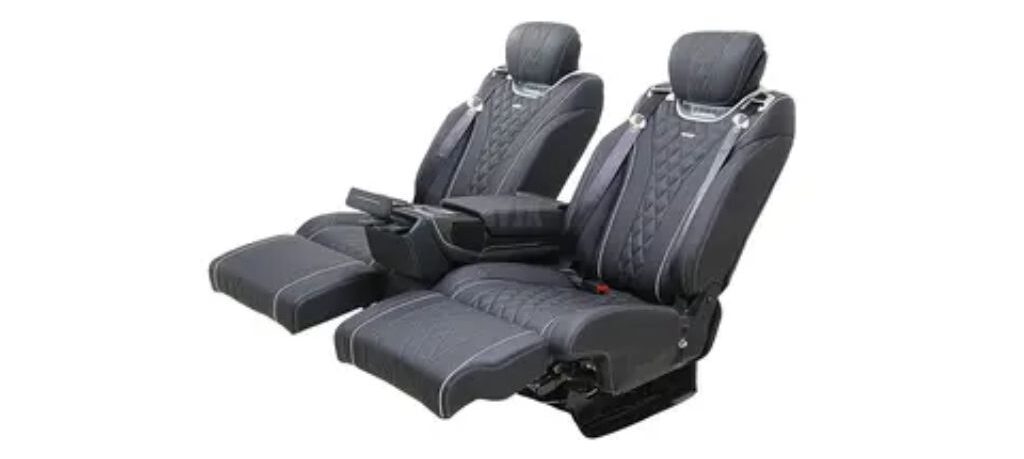
-
Advantages:
- Customizable Comfort: Reclining seats allow occupants to adjust the seat back angle to their preferred position, providing personalised comfort during long journeys.
- Versatility: The ability to recline the seats adds versatility to the seating arrangement, accommodating passengers of different heights and preferences.
6. Split-Folding Seats
Split-folding seats are rear seats that can be folded down in sections to increase cargo space. They offer versatility for transporting large items while still accommodating passengers. They are commonly found in hatchbacks, SUVs, and wagons.
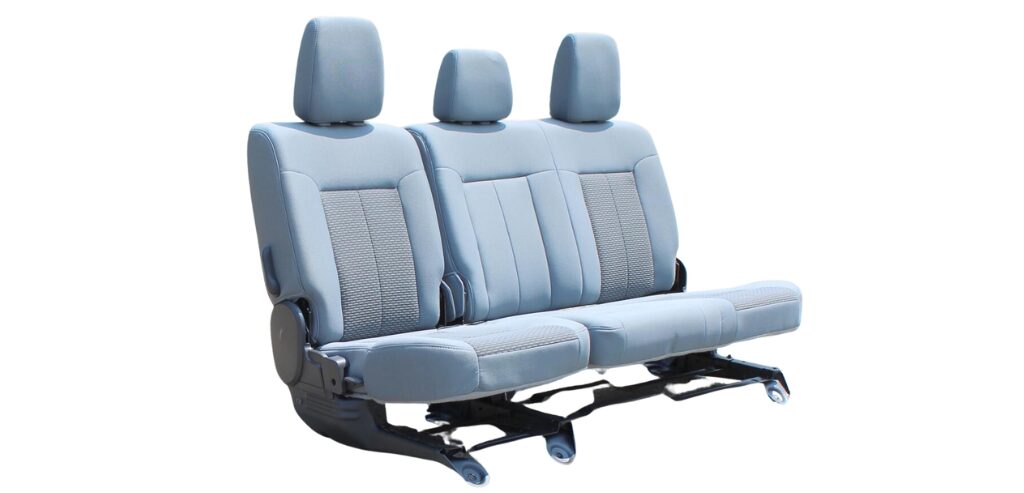
-
Advantages:
- Flexible Cargo Space: Split-folding seats provide flexible cargo space options, allowing drivers to customise the seating and cargo configuration based on their needs.
- Increased Utility: The ability to fold down the seats expands the car’s utility, making it easier to transport large or bulky items without sacrificing passenger seating.
Conclusion
There’s no single best car seat as the optimal choice depends on your child’s age, weight, and height. However, there are definitely some factors to consider to ensure you choose the safest and most suitable option:
Child’s Age and Size
- Rear-facing car seats: These are the safest for infants and young toddlers (up to 2 years old or reaching the height/weight limit of the seat).
- Forward-facing car seats with harness: Once a child outgrows a rear-facing seat, they can transition to a forward-facing car seat with a five-point harness.
Booster seats: For older children who have outgrown a forward-facing seat with a harness but are still too small for the adult seat belt to fit properly (typically around 4-8 years old), booster seats elevate them for a safe fit.






Leave a Reply